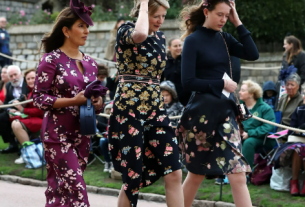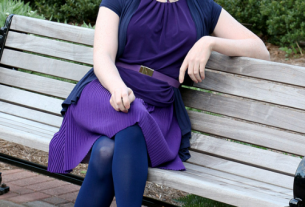Fashion is a language that transcends borders, weaving together the diverse threads of cultures around the world. The global stage of fashion is a dynamic canvas where traditional elements, artistic expressions, and cultural stories converge to create a rich tapestry of styles. This article delves into the fascinating realm of fashion on a global scale, celebrating the influence of diverse cultures in clothing and the harmonious dialogue it creates within the world of style.

- The Kaleidoscope of Cultural Fashion:
Fashion draws inspiration from the vast and varied landscapes of culture. Explore the kaleidoscope of colors, patterns, and textiles that different cultures contribute to the global fashion scene. From the intricate embroidery of India to the vibrant kente cloth of West Africa, each cultural influence adds a unique flavor to the ever-evolving fashion narrative.
- Traditional Attire as Modern Statements:
Traditional clothing is no longer confined to cultural ceremonies; it has become a source of inspiration for contemporary fashion designers. Discuss how traditional attire from around the world is reinterpreted, adapted, and seamlessly integrated into modern fashion. This fusion creates eclectic and innovative styles that pay homage to heritage while embracing the present.
- Global Fashion Capitals:
Explore how fashion capitals around the world, from Paris and Milan to Tokyo and Mumbai, contribute to the global conversation. Each city brings its own cultural nuances to the forefront, influencing trends, silhouettes, and design aesthetics. The exchange of ideas between these fashion hubs enriches the global fashion landscape.
- Cultural Icons and Influencers:
Cultural icons and influencers play a pivotal role in shaping fashion trends. Examine how individuals from diverse backgrounds, whether Hollywood celebrities or social media influencers, use their platforms to showcase and celebrate their cultural heritage through clothing. This not only promotes inclusivity but also broadens the scope of what is considered fashionable.
- Festivals and Fashion:
Cultural festivals offer a vibrant platform for exploring diverse fashion traditions. From Diwali in India to Carnival in Brazil, these celebrations showcase a riot of colors, fabrics, and styles. Examine how fashion during festivals becomes a form of storytelling, expressing cultural pride and identity.
- Ethical Fashion Practices:
Many cultures have a deep-rooted connection to ethical and sustainable fashion practices. Discuss how traditional craftsmanship, handloom techniques, and artisanal skills from different regions contribute to a global movement towards more conscious and ethical fashion. This appreciation for craftsmanship adds a layer of authenticity to clothing.
- Cultural Appropriation vs. Appreciation:
Explore the delicate balance between cultural appropriation and appreciation in fashion. Discuss the importance of acknowledging and respecting the origins of styles while avoiding the exploitation of cultural symbols. The fashion industry is increasingly recognizing the need for cultural sensitivity and responsible representation.
- Fashion Diplomacy:
Fashion has the power to bridge cultural gaps and foster understanding between nations. Delve into instances where fashion becomes a form of diplomacy, transcending political boundaries. Fashion weeks, collaborative collections, and cross-cultural influences in design contribute to a global dialogue that goes beyond words.
Conclusion:
Fashion on a global scale is a celebration of cultural diversity, a dance of traditions and innovations that shapes the way we express ourselves through clothing. By exploring the rich influences of cultures around the world, we not only deepen our appreciation for fashion but also contribute to a global narrative that celebrates the beauty of our shared humanity. In embracing cultural influences in clothing, we weave a tapestry of styles that transcends borders and fosters a more interconnected and inclusive world of fashion.





